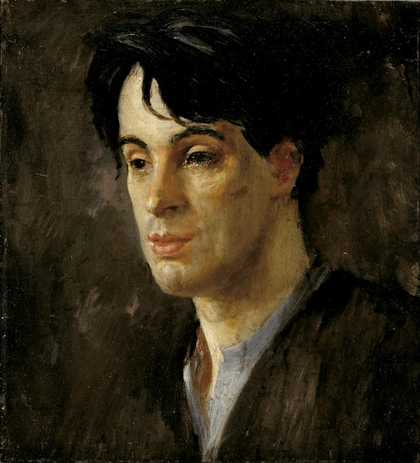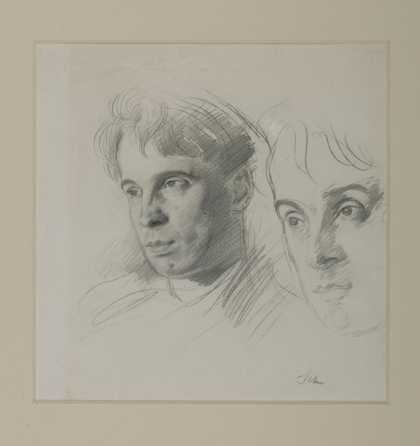Biography
William Butler Yeats (, 13 June 1865 – 28 January 1939), popularly known as W. B. Yeats, was an Irish poet, dramatist, writer, and literary critic who was one of the foremost figures of 20th-century literature. He was a driving force behind the Irish Literary Revival, and along with John Millington Synge and Lady Gregory founded the Abbey Theatre, serving as its chief during its early years. He was awarded the 1923 Nobel Prize in Literature, and later served two terms as a Senator of the Irish Free State.
A Protestant of Anglo-Irish descent, Yeats was born in Sandymount, Ireland. His father practised law and was a successful portrait painter. He was educated in Dublin and London and spent his childhood holidays in County Sligo. He studied poetry from an early age, when he became fascinated by Irish legends and the occult. While in London he became part of the Irish literary revival. His early poetry was influenced by John Keats, William Wordsworth, William Blake and many more. These topics feature in the first phase of his work, lasting roughly from his student days at the Metropolitan School of Art in Dublin until the turn of the century. His earliest volume of verse was published in 1889, and its slow-paced, modernist and lyrical poems display debts to Edmund Spenser, Percy Bysshe Shelley and the poets of the Pre-Raphaelite Brotherhood.
From 1900 his poetry grew more physical, realistic and politicised. He moved away from the transcendental beliefs of his youth, though he remained preoccupied with some elements including cyclical theories of life. He had become the chief playwright for the Irish Literary Theatre in 1897, and early on promoted younger poets such as Ezra Pound. His major works include The Land of Heart's Desire (1894), Cathleen ni Houlihan (1902), Deirdre (1907), The Wild Swans at Coole (1919), The Tower (1928) and Last Poems and Plays (1940).
This biography is from Wikipedia under an . Spotted a problem? Let us know.


